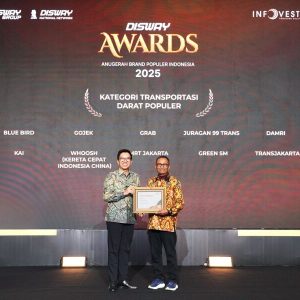
Christopher Legilisho,Economist at Stanbic Bank
The Stanbic Bank Kenya PMI®- Contraction in private sector business conditions eases substantially;
- New orders almost stabilise in August
- Softer reductions in output and purchasing
- Business confidence rises to 30-month high
The Stanbic Bank Kenya PMI® pointed to a near recovery in business conditions across the private sector in August, after July data signalled that business activity was heavily dented by weak sales and protest-led disruption.
Output, new business and purchasing fell at softer rates, while employment continued to rise and inventories saw a renewed uptick.
Businesses also showed greater confidence in the year-ahead outlook, as they hoped that new marketing activities and product offerings would support growth.
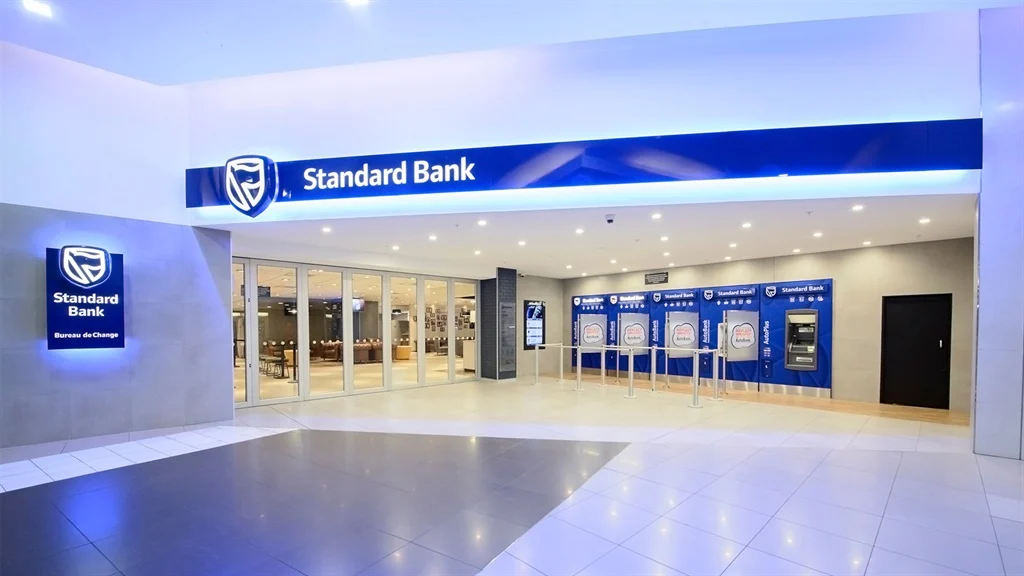 In fact, positivity was at its highest level in two-and-a-half years. However, firms were still beset by a marked rise in overall cost burdens.
In fact, positivity was at its highest level in two-and-a-half years. However, firms were still beset by a marked rise in overall cost burdens.
The headline figure derived from the survey is the Purchasing Managers’ IndexTM (PMI®).
Readings above 50.0 signal an improvement in business conditions on the previous month, while readings below 50.0 show a deterioration.
The headline PMI increased to 49.4 in August, from a 12-month low of 46.8 in July.
Whilst still below the 50.0 no-change mark, the index signalled a much softer decline in operating conditions midway through the third quarter.
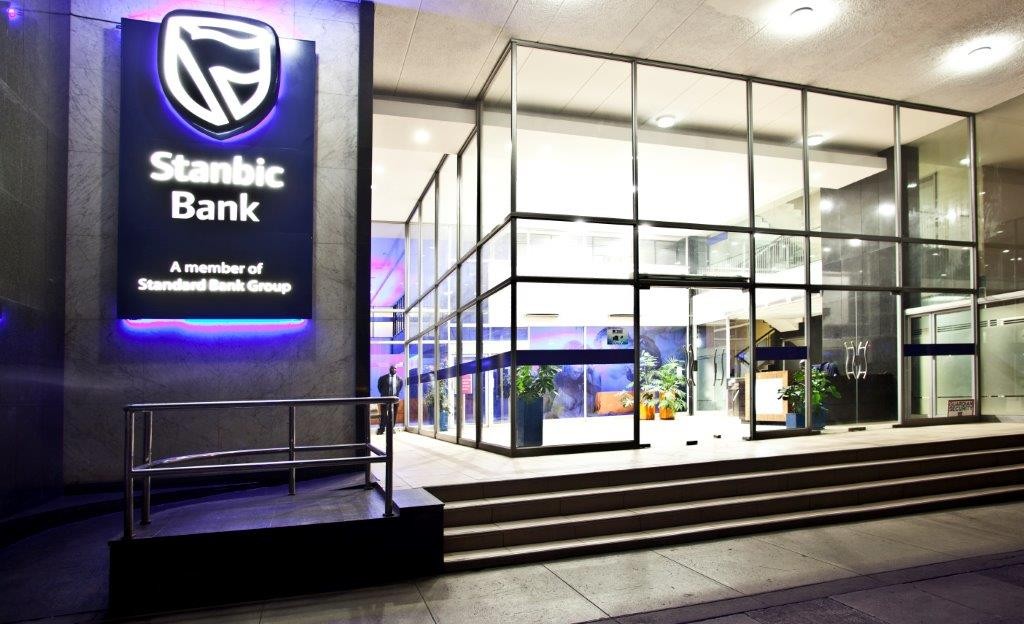 New orders received by Kenyan businesses fell for the fourth month running in August. However, the rate of decline softened
New orders received by Kenyan businesses fell for the fourth month running in August. However, the rate of decline softened
markedly and was the slowest recorded in this period.
While some firms continued to highlight weak purchasing power at clients, others saw a pick-up in new business and a general
recovery in economic conditions from the last few months of protest-related disruption.
Consequently, output levels fell at a more modest pace during the latest survey period .There was also a softer reduction in the
purchasing of inputs, as some companies were encouraged by the improving demand outlook to restart procurement activity.
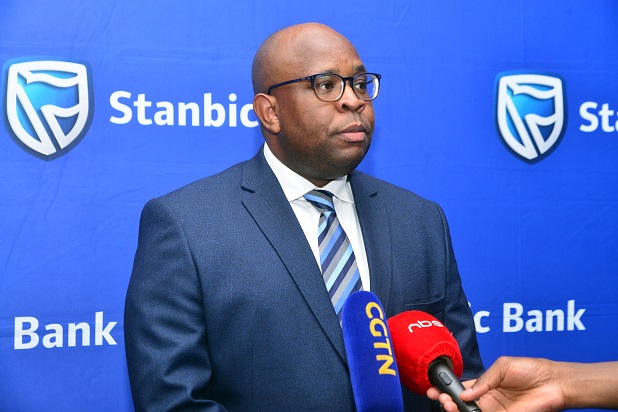
This allowed inventories to rise slightly after a drop in July. Employment levels also increased.
Although job creation remained mild, the uplift was the fastest seen in 15 months.
Higher workforce capacity and inventory building allowed firms to reduce their backlogs for the third month running.
Vendor performance improved notably in August. Greater competition across the supply chain reportedly led to the fastest reduction in delivery times since October 2021.
Kenyan companies reported a solid increase in input costs in August, although the pace of inflation slowed down for the first time in five months.
While wage pressures intensified, the increase in purchase prices was less marked than in July. A number of firms commented on higher costs linked to taxes on items such as fuel.
Nevertheless, as part of efforts to stimulate a recovery in demand, output charges rose only marginally and to the least extent in 12 months.
Finally, businesses showed a greater level of optimism towards future output for the third consecutive month in August, which
took overall sentiment to its highest since February 2023.
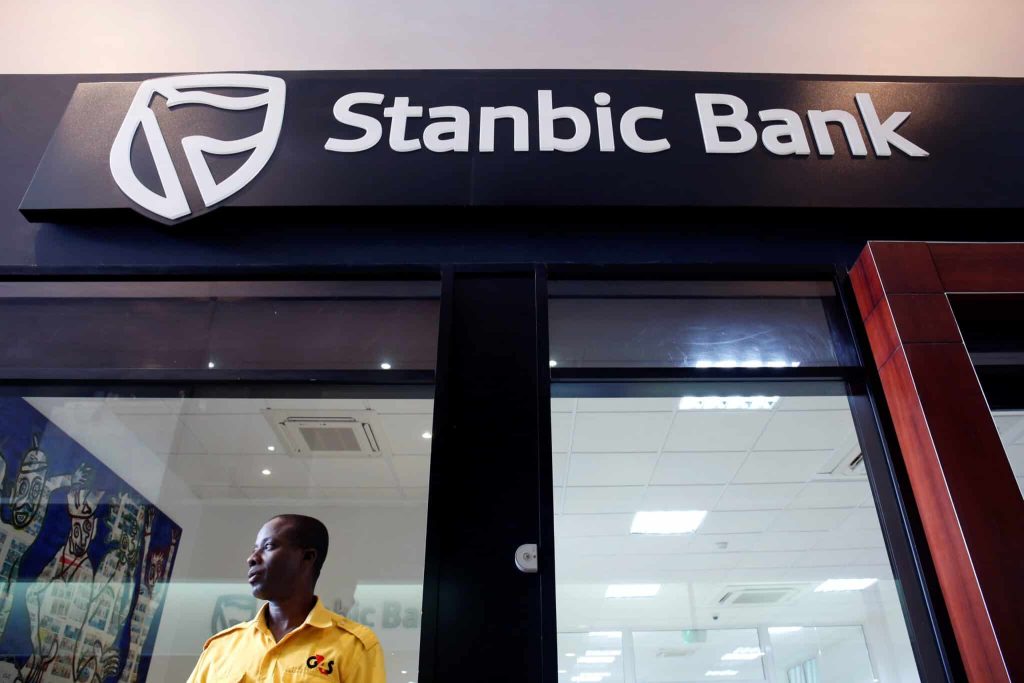 With demand stabilising, companies reportedly placed greater confidence in their ability to secure higher sales through increased marketing and diversification efforts.
With demand stabilising, companies reportedly placed greater confidence in their ability to secure higher sales through increased marketing and diversification efforts.
Although job creation remained mild, the uplift was the fastest seen in 15 months.
Higher workforce capacity and inventory building allowed firms to reduce their backlogs for the third month running.
Vendor performance improved notably in August.
 Greater competition across the supply chain reportedly led to the fastest reduction in delivery times since
Greater competition across the supply chain reportedly led to the fastest reduction in delivery times since
October 2021.
Kenyan companies reported a solid increase in input costs in August, although the pace of inflation slowed down for the first time in five months.
While wage pressures intensified, the increase in purchase prices was less marked than in July.
A number of firms commented on higher costs linked to taxes on items such as fuel. Nevertheless, as part of efforts to
stimulate a recovery in demand, output charges rose only marginally and to the least extent in 12 months.
Finally, businesses showed a greater level of optimism towards future output for the third consecutive month in August, which took overall sentiment to its highest since February 2023.
With demand stabilising, companies reportedly placed greater confidence in their ability to secure higher sales
through increased marketing and diversification efforts
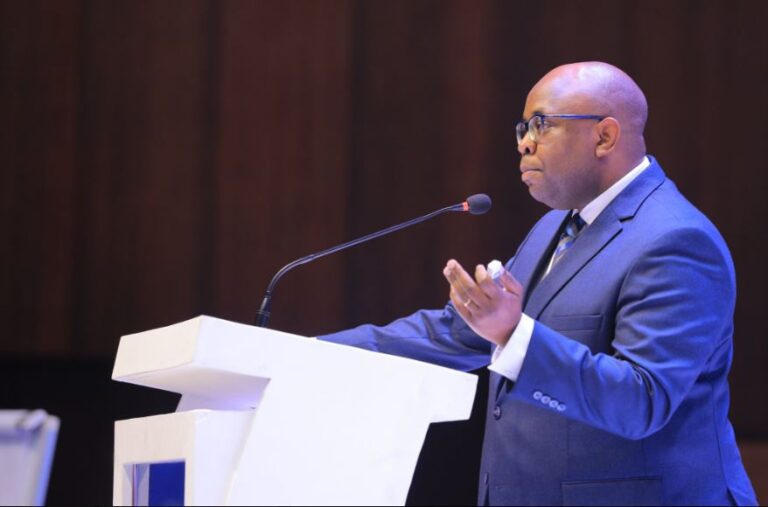
Christopher Legilisho, Economist at Standard Bank commented:
“The Stanbic Kenya PMI improved in August, recovering from the solid decline in July, although business conditions were still subdued. Output declined more than new orders due to weak disposable incomes and challenging economic conditions.
Nevertheless, firms, especially in manufacturing, are more upbeat about output over the next 12 months, which should imply healthier business activity in the coming months.
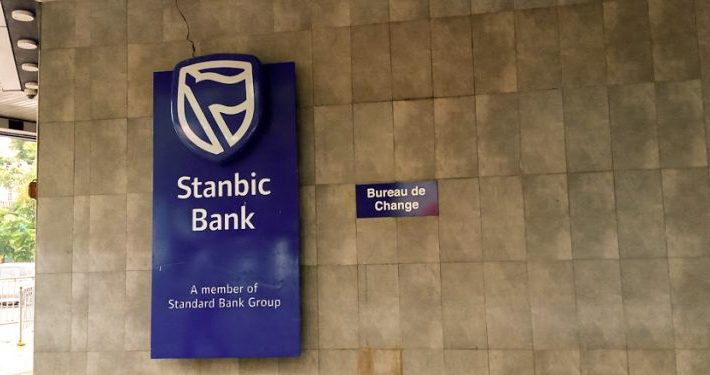 “Employment conditions encouraged increased hiring for a seventh month running. However, the decline in backlogs for a third month in a row signals that demand conditions are potentially still weak.
“Employment conditions encouraged increased hiring for a seventh month running. However, the decline in backlogs for a third month in a row signals that demand conditions are potentially still weak.
Quantities purchased also indicate weakness, although inventories did improve in August.
“Output prices were increased only modestly.
However, there was a notable rise in wage costs due to salary adjustments to accommodate cost-of-living pressures,
implying that inflation is rising against the backdrop of subdued aggregate demand.”
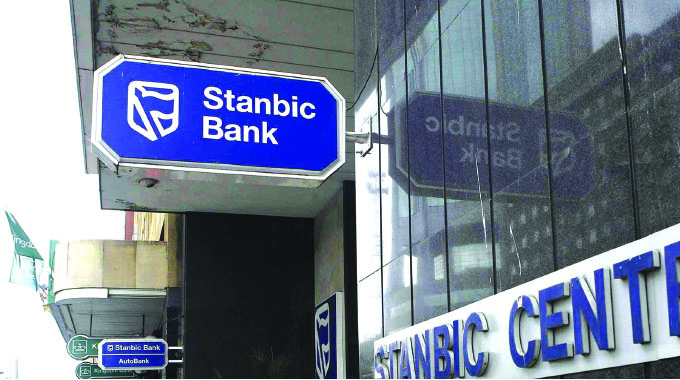
Future Output Index
Business expectations were lifted higher for the third month in a row during August. With a quarter of surveyed firms expressing optimism
towards year-ahead output, overall sentiment was the strongest seen for two-and-a-half years.
Qualitative evidence showed that new marketing strategies, branch expansions and product diversification lay behind positive forecasts. Manufacturing companies were the most confident out of the five monitored sectors.
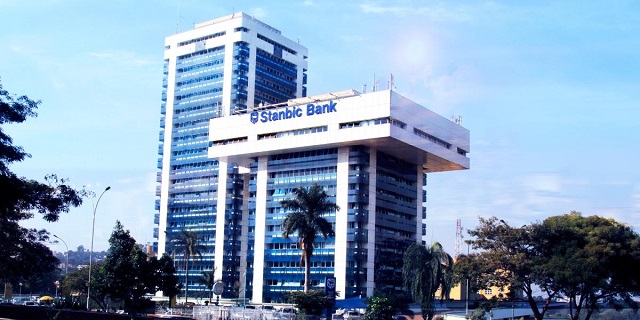 August data revealed a decline in private sector activity at Kenyan businesses for the fourth month running.
August data revealed a decline in private sector activity at Kenyan businesses for the fourth month running.
Lower output was observed in the agriculture, construction and services sectors.
However, expansions in manufacturing and wholesale & retail led to a much softer downturn in overall activity compared to July. While firms cited ongoing challenges for themselves and clients, others were helped by stabilising sales and lower political tensions.
New orders
Although the seasonally adjusted New Orders Index printed below 50.0 in August, it was only just below the neutral threshold,
signalling a fractional drop in sales volumes at Kenyan companies. Some respondents noted weak client funds amid difficult economic
conditions, whereas others saw a pick-up in new business.
The reduction in sales was the weakest observed in the current four-month downturn

Employment and Capacity
Job numbers increased in August for the seventh month in a row. The rate of expansion was the quickest since May 2024, though it remained less marked than the series long-run average.
Hiring growth was recorded in all sectors, with some panellists relating the uptick to signs of stabilising demand. Backlogs of work
In line with that seen in the previous survey period, Kenyan firms reduced their backlogs of work at one of the fastest rates since
mid-2020 in August.
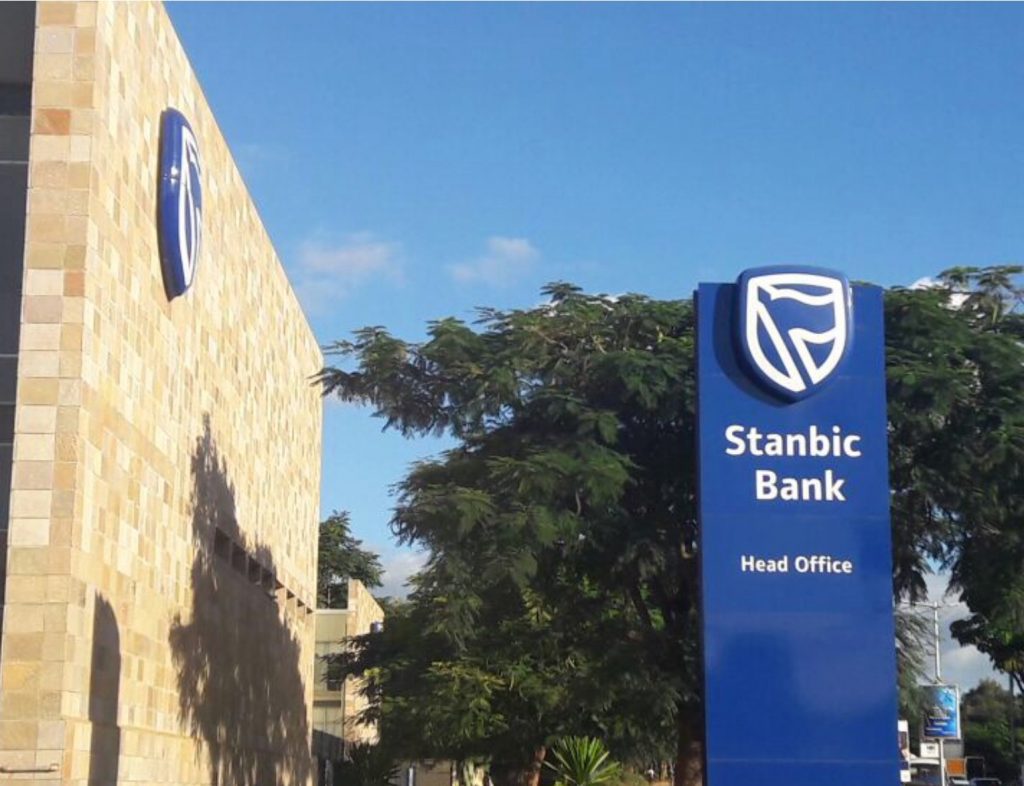
That said, the decline was modest overall. Some firms signalled that a sustained fall in new orders over recent months had resulted in spare capacity.
Purchasing and inventories
Quantity of purchases
The seasonally adjusted Quantity of Purchases Index rose sharply in August from July’s 35-month low. Printing just under the 50.0 neutral threshold, the index signalled a much softer cutback in input purchases midway through the third quarter.Contractions were only seen in the construction and services sectors.

Suppliers’ delivery times
Kenyan companies reported a greater reduction in average lead times during August.
The upturn in supplier performance was the strongest recorded in almost four years, albeit moderate. Several businesses
cited that strong competition among suppliers had aided the improvement.
Stocks of purchases
Stocks of Purchases Index
Input inventories rose in August, after contracting one month ago, although the rate of expansion was relatively mild. While some
businesses showed a greater desire to build stocks amid improving demand signals, others pared their inventories to avoid wastage.

Prices
Input prices
Kenyan firms reported a solid increase in input costs half-way through the third quarter of the year. The rate of inflation nevertheless
dipped slightly for the first time in five months.
Businesses noted a reduced impact from purchase prices on their overall cost pressures, although this was partially offset by a faster rise in wage bills
Purchase Prices
Purchase prices rose solidly, but at a softer pace in August. Around 7% of surveyed companies reported an increase over the month, with comments mainly centring on higher taxes for items such as fuel.Wholesale & retail firms recorded the steepest rise in purchase prices, while agriculture noted the softest.
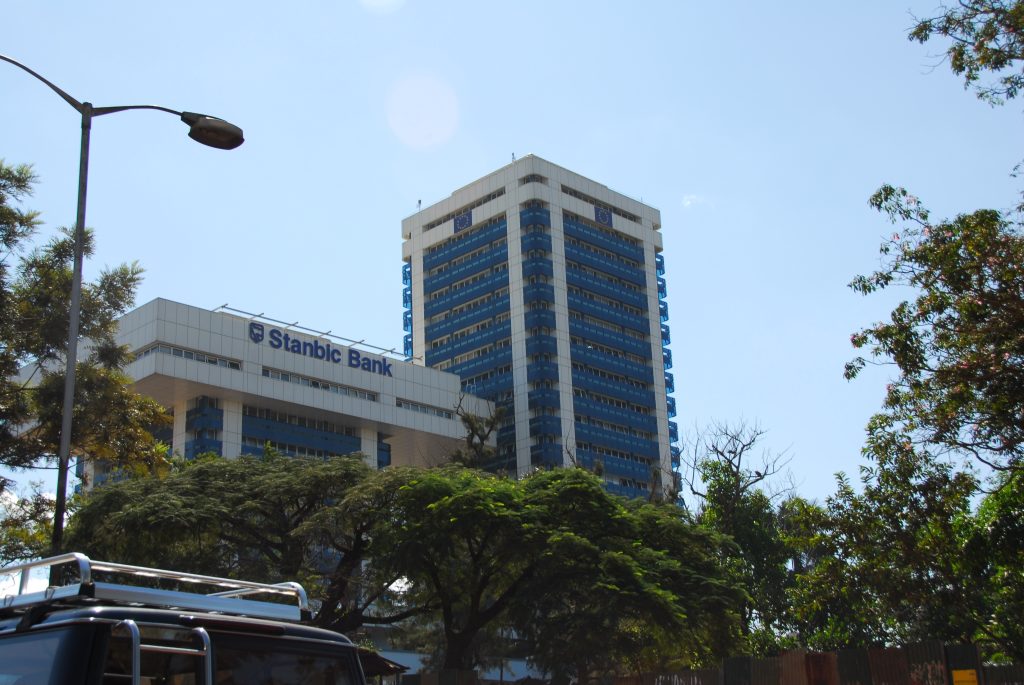
Staff costs;
Although still modest, the rate of increase in staff costs at Kenyan businesses accelerated in August to the fastest since October 2019.
Where an uplift was observed, panellists cited higher salaries due to the rising cost-of-living. Wage inflation was strongest among manufacturing firms
Output Prices
There was an easing of output price inflation in August, as the respective seasonally adjusted index dropped to a 12-month low and was just above the 50.0 neutral mark.
Only 4% of companies raised their prices, whilst 3% reported cuts.Anecdotal evidence indicated that some firms had tried to boost
demand by offering discounted products and services, offsetting the pass-through of higher taxes and other cost rises.






